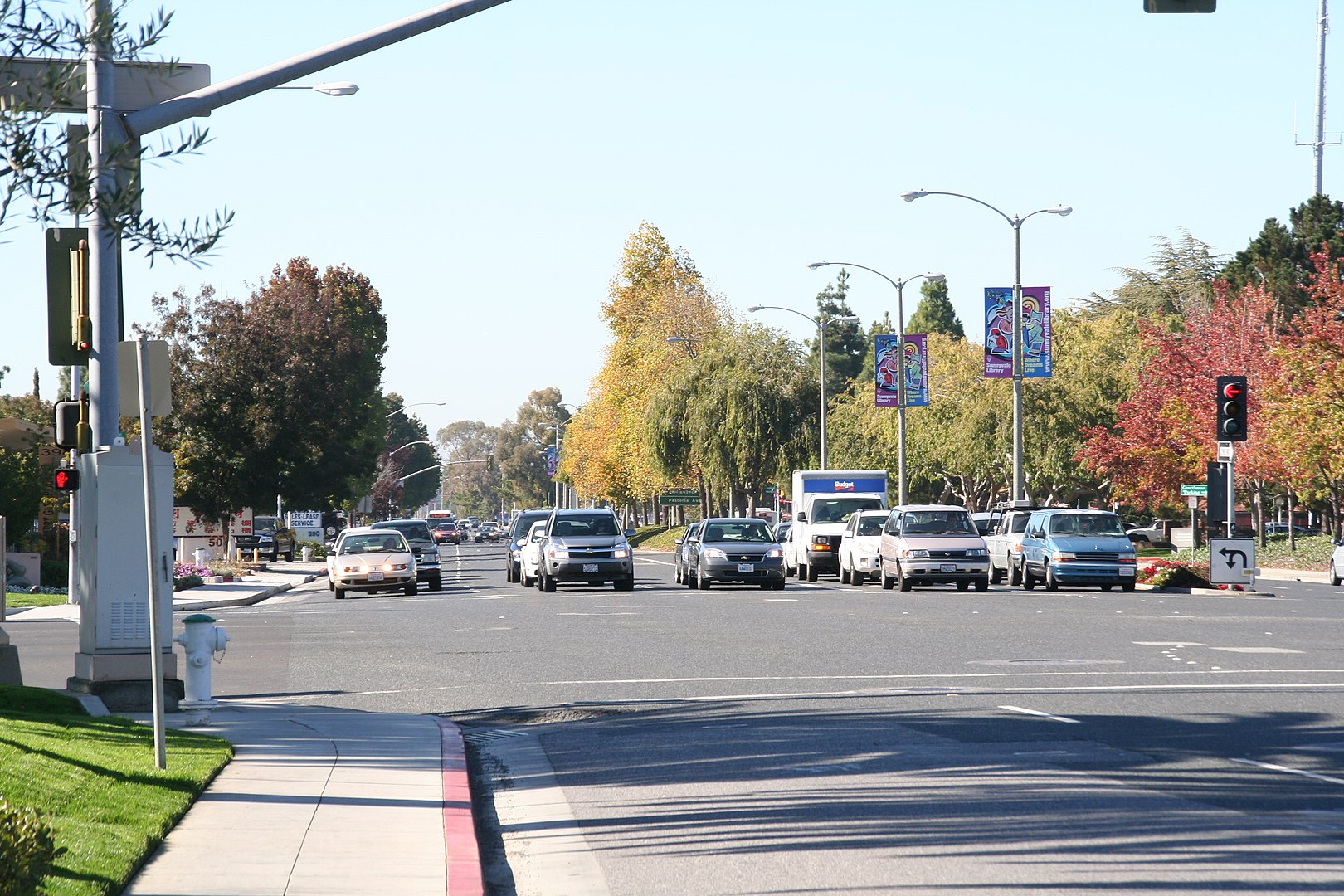Where is Sunnyvale, California?
Sunnyvale is a city located in Santa Clara County in California. It has the official name of the City of Sunnyvale. Sunnyvale is home to several major tech companies, that’s why it is included as part of the world-famous Silicon Valley.
Sunnyvale is also part of the San Francisco Bay Area. You can find Sunnyvale with San Jose on the north, Moffett Federal on the north-west, Mountain View on the east side, Los Altos on the southwest, Cupertino on the south and Santa Clara on the east side. It is also seen along the two highway systems, El Camino Real (aka The King’s Highway) and Highway 101.
Inhabited by the Indians, and invasion by the Spanish conquistadores
But before Sunnyvale became the prosperous and progressive town that it is today, it had its humble origins hundreds of years ago, just like in other cities in the Bay Area. It was once heavily populated by Native American Indians (Ohlone) who settled in the area.
During the 1770s the Spanish first arrived in the area that is called now as Sunnyvale. They converted the Ohlone Indians to Christianity, and the Indians, in turn, erected Mission Santa Clara. A mission is one of the religious and military outposts mostly established by Spanish Franciscan priests, in an effort to colonize the Pacific Coast region.
During the early 19th century land grants from the Spanish government had been handed to certain persons. First, it was Rancho Pastoria de las Borregas which was granted to Francisco Estrada and his wife Inez Castro. Parts of the land later became Mountain View and Sunnyvale today. Lupe Ynigo was one of the very few American Native Indians to have been given a land grant. His own grant was initially called Rancho Poslomi, in honor of the Poslomi village that once existed in the area. Rancho Poslomi was later called Rancho Ynigo.
From wheat farming to fruit farming
Then there came the Stephens-Townsend-Murphy Party, a group of ten families who migrated from Iowa to California. One member of those migrating families was Martin Murphy Jr., who came to the West Coast with his father. Murphy Jr. purchased the Rancho Pastoria de las Borregas, renamed it as Bay View and later established a wheat farm.
The establishment of railroads — the San Francisco and San Jose Rail Road in 1860 — led to the establishment of train stations Murphy and Lawrence Station. Soil degradation, county property tax laws as well as wheat imports led to the downturn of wheat farming and production. In its place, fruit farming was introduced and later fruit canning technology and refrigeration came into view. Because of the prevalence of the fruit orchards, the Santa Clara County was dubbed the “Garden of the World.”
As the city grew in prosperity, so did the population. An influx of Chinese, Japanese, Italians and Portuguese (especially those who originated from the autonomous region of Azores) immigrants arrived in the county. They mostly came to work for the fruit orchards.
Sunnyvale’s development of other industries, and its incorporation
Aside from farming, real estate business was also developed. The first school in Murphy, called the Encina School, was established. In 1901, the town was finally named “Sunnyvale” as the residents were told they could not name their post office with Encina or Murphy.
The fruit packing industry further prospered in Sunnyvale, and then dried fruit production was later developed. Iron works industry also arrived in the town.
Sunnyvale incorporated in 1912, officially becoming a city. Moffett Field, an airport situated between Sunnyvale and Mountain View, was established in 1933 as a Naval Air station. During the Second World War, Fremont High School (established in 1923) served as a military base for a while.
Sunnyvale’s transformation from a fruit farming area into a technology and aerospace hub
Sunnyvale experienced a dramatic economic and industrial turnaround after the end of the war. Fruit orchards and farms gave way to homes, factories and offices. Aircraft manufacturer Lockheed Corporation moved to Sunnyvale in 1956. Since then, the high technology industry has boomed. Sunnyvale, as part of the Silicon Valley, is now home to tech companies such as Yahoo!, Juniper Networks, Fortinet, AMD, NetApp, Spansion, AppliedMicro and Ariba. Sunnyvale is also an aerospace/defense hub, as headquarters of Lockheed, Honeywell, Northrop Grumman Electronic Systems, Finisar and Spirent are located here. The Onizuka Air Force Station, built in memory of the late astronaut Ellison Onizuka, also serves as an artificial satellite control facility.
Sunnyvale is now the seventh most populous city in the Bay Area, and the 34th largest city in the United States.
Sunnyvale has indeed come a long, long way — from fruit farms to high technology. Even though fruit farming is no longer the major industry, there are still several fruit orchards that dot the area, including the city-owned Heritage Orchard, as well as private farms, fruit-based companies and sustainable community gardens such as CJ Olson Cherries, Corn Palace, and Charles Street Gardens. They stand as a testament of the thriving fruit farming and fruit industry that once had been the pride of Sunnyvale centuries ago.

